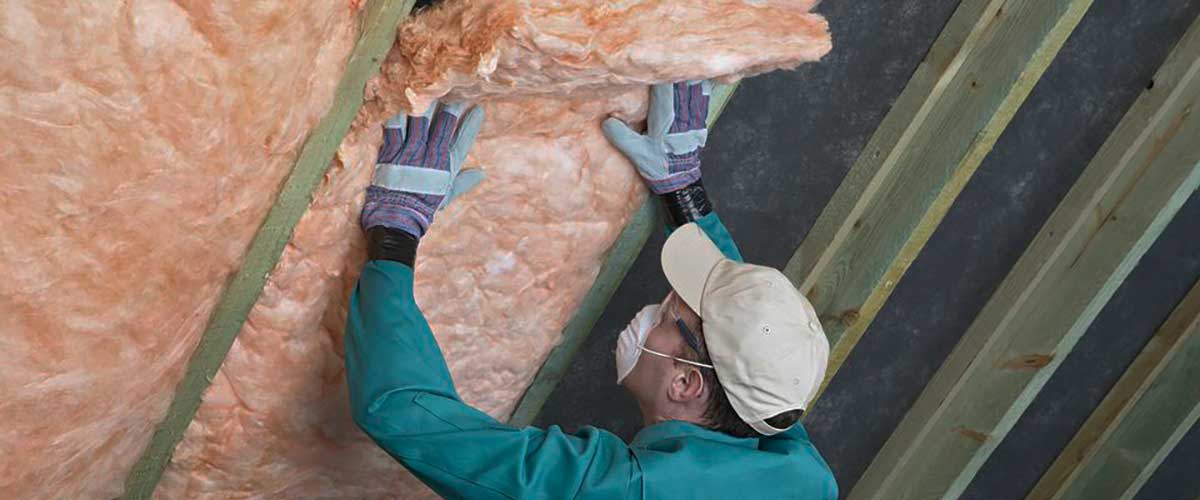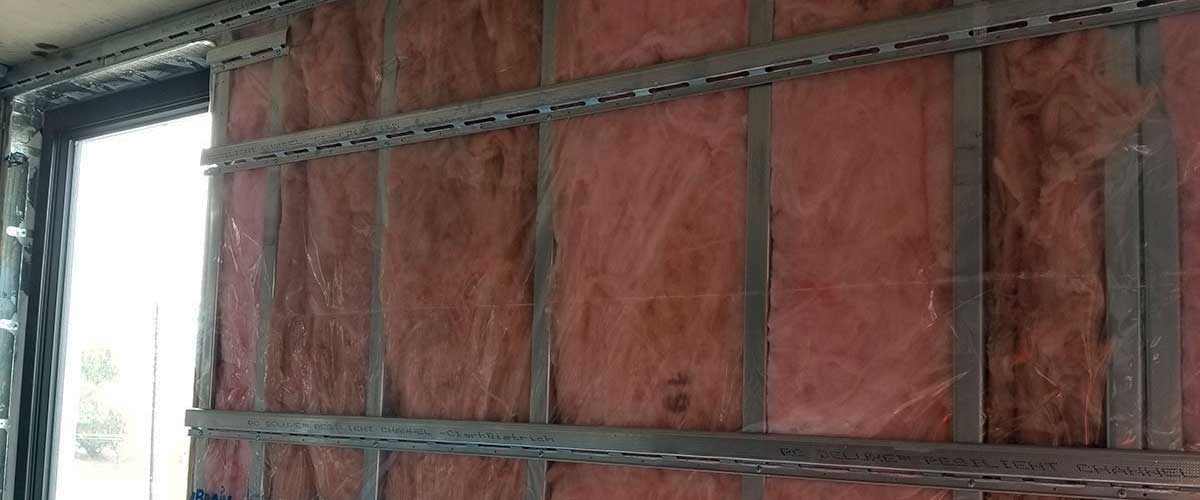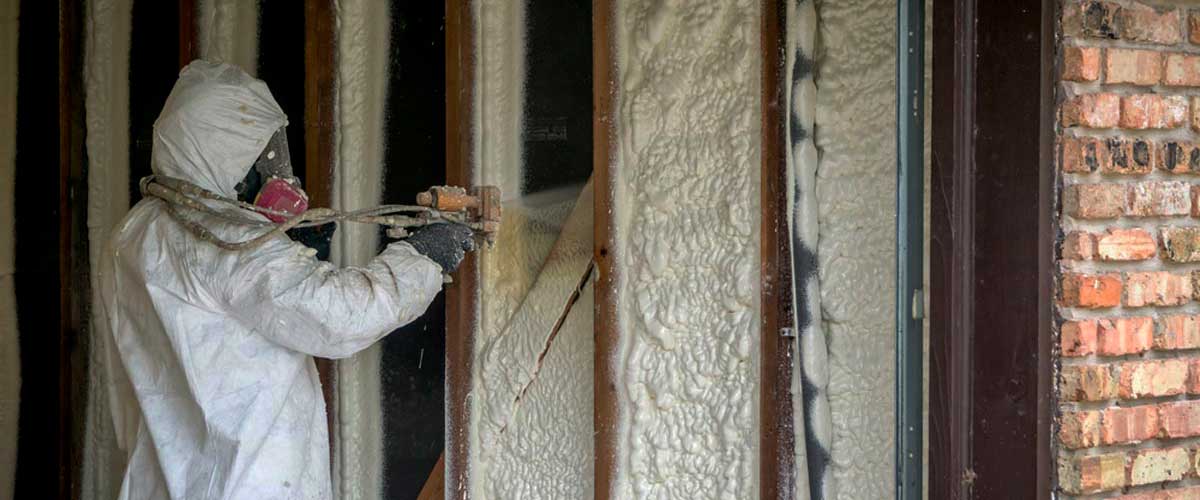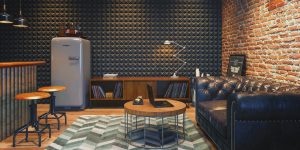There are many reasons to soundproof a room. Whether you have a home studio, a practice space, or perhaps a recording artist renting in your building and disturbing the neighbors – soundproofing is a great way to keep the noise down in any space.
Many people choose to have high-quality soundproofing materials professionally installed wall to wall, but that tends to be rather tricky, especially when money is an issue. Unfortunately, most of us don’t have thousands of dollars lying around to invest in expensive materials, which is why we’re going to look at some cheap options to make your room soundproof without breaking the bank.
Before you begin, you need to find the primary source of the noise and evaluate how much noise it makes. For example, is it from a dog barking next door or an obnoxiously loud neighbor down the hall? The source of your problem will most likely determine the best options for soundproofing.

Most common options for soundproofing
In general, you can block out most sound by combining the following things:
- mass
- decoupling
- absorption
- damping
Mass
Having a wall filled with lots of mass will make it harder for the sound to travel through. This includes solid objects like concrete or brick, but also thick plywood or extra layers of drywall.
Decoupling
If you have objects close together, they tend to vibrate at the same time due to their contact with each other. Sound can’t travel through the air as quickly as through solid materials because the molecules are farther apart. So, a space between two surfaces makes it much less likely for sound to transfer from one solid surface to the other.
Absorption
If you have a layer of highly absorbent material between two vibrating surfaces, it can also cancel out the spreading of the sound waves in both directions and reduce noise.
Damping
If you use damping in addition to mass, decoupling, and absorption, it’s even more effective. Damping reduces the amplitude of sound waves by making the movement of vibrating objects less efficient and converting the energy of the waves into heat.
If you’re looking to block out sound from outside your room, the best option is to add additional mass since it will completely block any vibrations from entering your room. But if you want to make sure you don’t hear inside sounds coming from other rooms or people talking loudly in another room, adding absorption or decoupling may also help reduce some noise.

Is it even possible to soundproof a room without breaking the bank?
Of course! It’s actually easier than you may think. There are many materials and techniques for reducing sound leakage.
Mass-loaded vinyl is an excellent option for several reasons. The cost is very reasonable, and it is relatively easy to work with because the rolls come in manageable widths. This stuff works best for blocking smaller areas where sound may pass through, such as vents, pipes, or any other small openings that you don’t want transmitting sound, but can also be used on large areas.
Rockwool is another good option for soundproofing. It’s a dense material normally used for thermal insulation. It’s not very expensive, but it can be pretty hard to work with. However, if you’re looking to cover a large area, it will undoubtedly help reduce sound by blocking out the vibrations.

A new product that’s growing in popularity among musicians and homeowners is open-cell spray foam insulation. It’s reasonably inexpensive, and unlike Rockwool, it can be applied relatively easily – through spraying. Open-cell spray foam is an insulation material that fills in any space, so if you’re trying to block sound from an area like the pipes, simply spray the foam around it. It’s cheap enough that allows you to use it for large areas, so it’s great for soundproofing. However, it’s best to be extra careful when using it in a room since the vapor from the insulation is very flammable and has a low ignition temperature.
Dynamat is another excellent option for soundproofing a room. This type of foam is made from butyl rubber and works well at reducing things like road noise and other high-frequency sounds since it’s designed to absorb vibrations in all directions. It’s pretty easy to install and, in addition to soundproofing, also helps keep the heat in during the winter.
Green glue is a cheap and easy way to help reduce sound coming through your walls. It is an inexpensive polyurethane sealant that works well at sealing joints through which sound can penetrate. You can get this material in small tubes. It is suitable for both interior and exterior use, it doesn’t emit any vapor or outgas, and can be painted over with no problem.
Green glue works well with the other materials listed here. For example, if you’re using pieces of mass-loaded vinyl in the walls, you can seal them with green glue once they are installed.
Resilient channels are also a reasonably cost-effective way to add soundproofing to your walls. If your sound is coming through studs, you can simply attach these channels along the length of the studs with screws and then attach the drywall to them. It will give you a vast improvement in noise reduction by creating an air gap between the studs and the drywall, which helps block most sound waves from reaching your interior wall.
Resilient channels are an excellent option for building a home studio or if you just want to add a little more soundproofing in a room without doing too much work.
You can also use resilient clips instead. They are metal or plastic clips that you fix with screws into your wall and then attach drywall to them, which helps reduce sound transmission. They have better performance than resilient channels, but they are more challenging to install.
So, what to choose?
If you want to soundproof a room cheaply, any of these products will help. Of course, the more expensive products like Rockwool and Dynamat are better at reducing sound, but they are not necessary if you’re on a limited budget. Using resilient channels or adding an extra layer of drywall will also help significantly reduce sound from getting through your walls. In most cases, you should also do a few tests to see where the sound is coming from and if there is anything you can do to prevent this before going ahead with full-scale soundproofing.
We are supported by our audience. When you purchase through links on our site, we may earn an affiliate commission at no extra cost to you.
Our newsletter
* We will never send you spam or share your email with third parties



